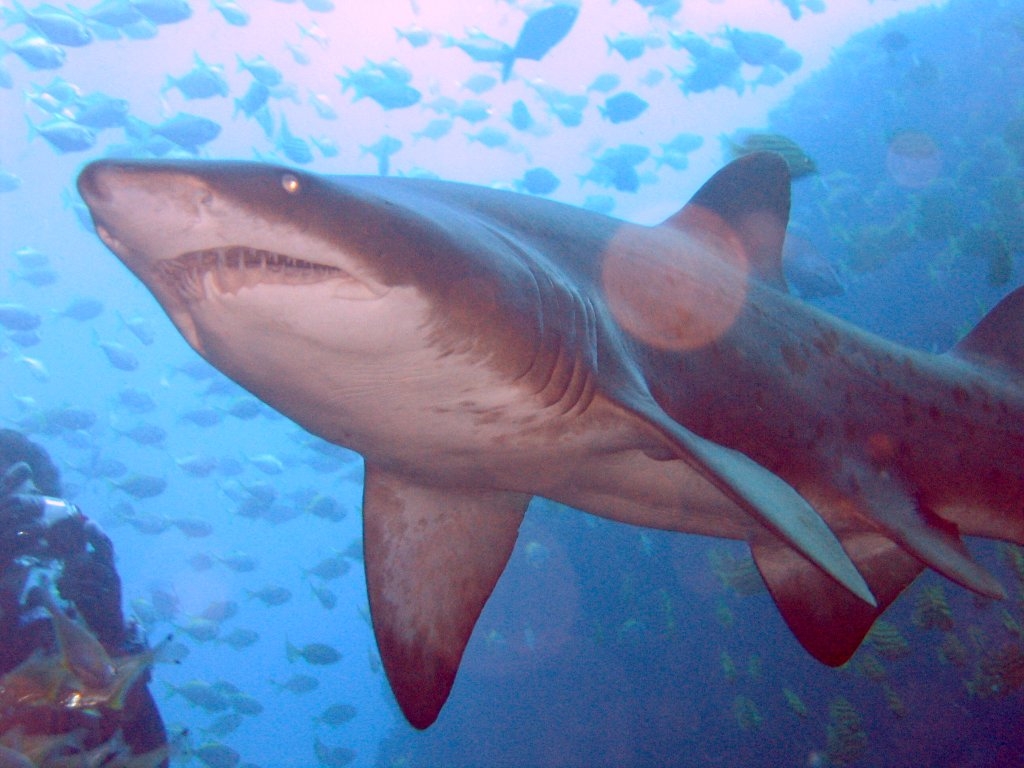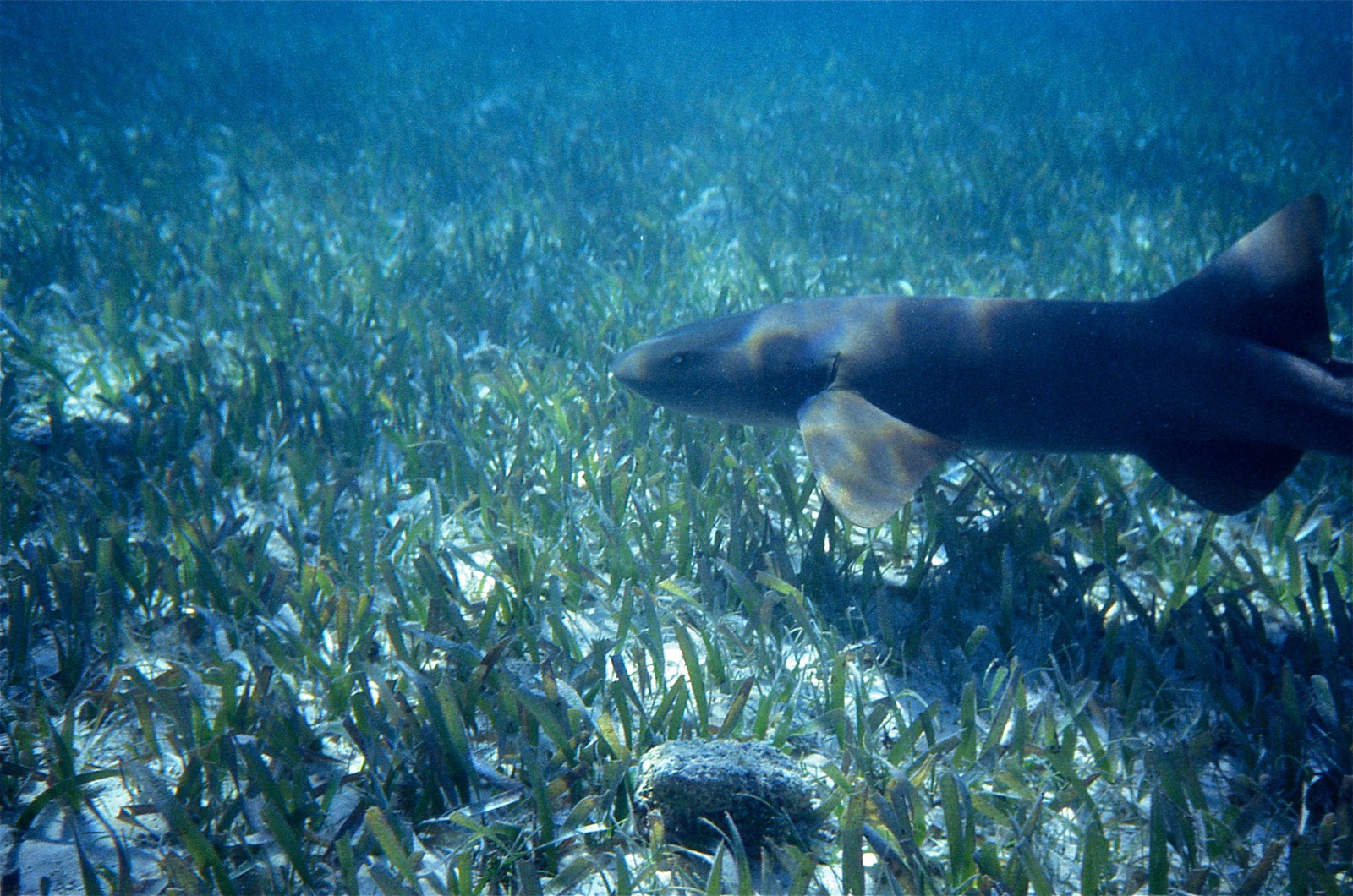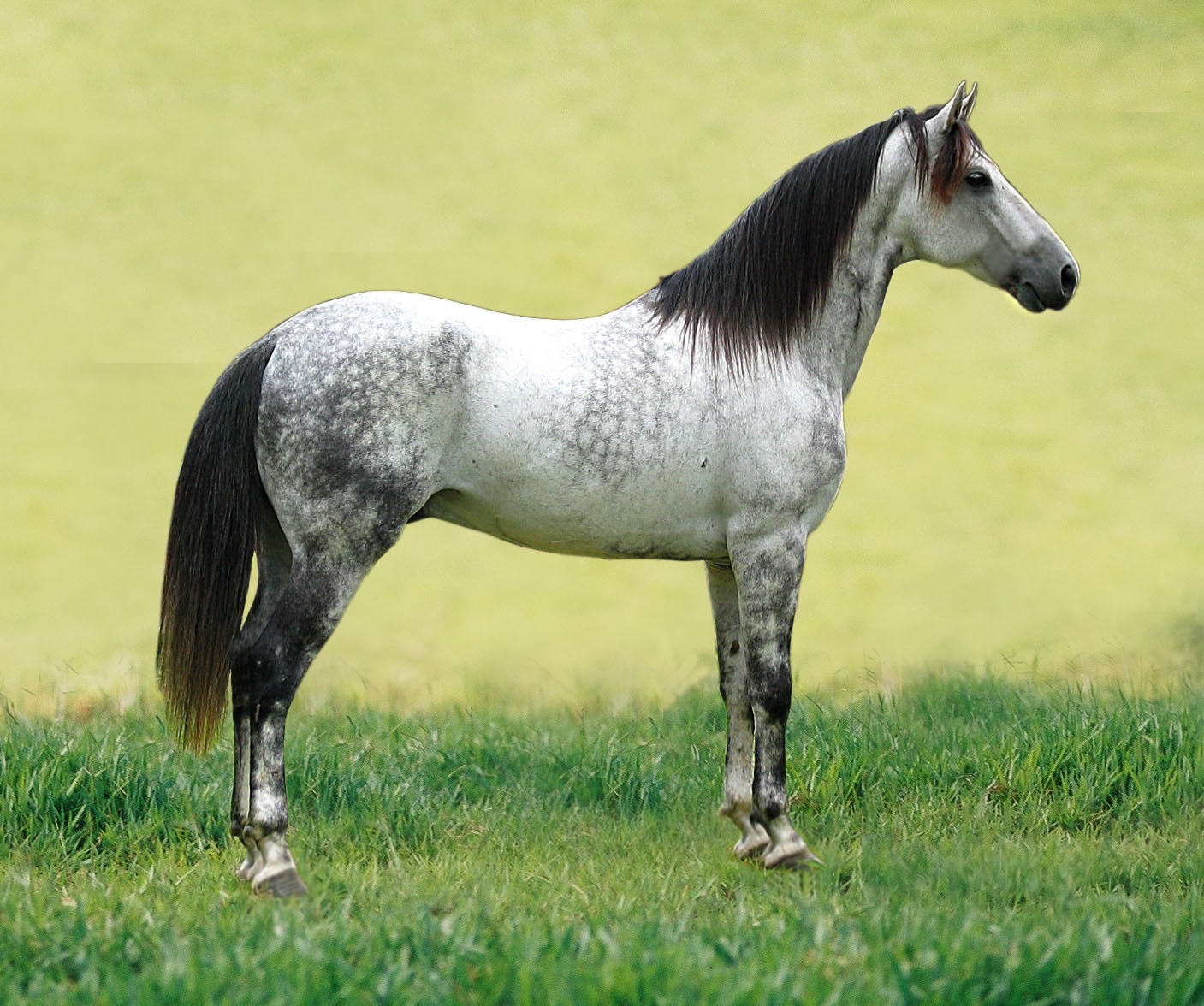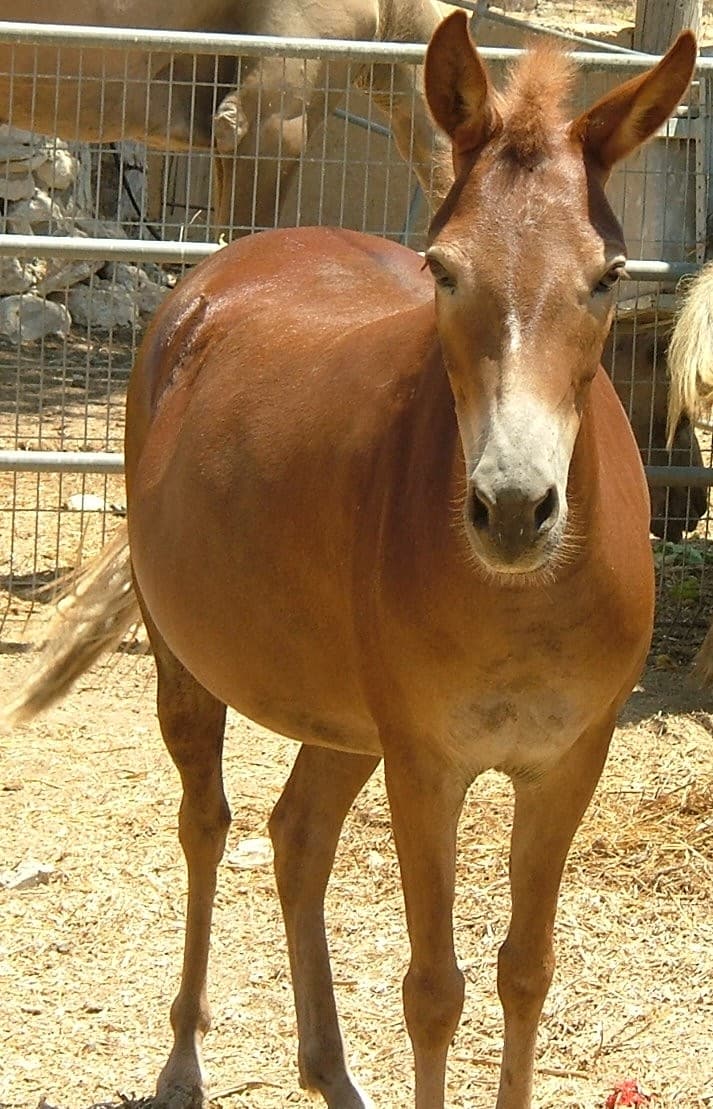Sand Tiger Shark vs Nurse Shark: A Complete Comparison
When comparing the Sand Tiger Shark vs Nurse Shark, we find two distinctly different species with fascinating adaptations. The Sand Tiger Shark (Carcharias taurus) reaches lengths of 10.5 feet (3.2 meters) and displays an intimidating array of protruding teeth, while the Nurse Shark (Ginglymostoma cirratum) grows to 9 feet (2.7 meters) and features a more docile appearance with a rounded snout.
Despite their contrasting appearances, both species play crucial roles in their marine ecosystems. The Sand Tiger Shark is known for its unique hunting strategy and ability to hover motionless in the water, while the Nurse Shark specializes in bottom feeding and can remain stationary on the seafloor for extended periods.

© Photographer: Richard Ling
The Sand Tiger Shark exhibits its characteristic menacing appearance with rows of protruding teeth, though this impressive display belies its generally docile nature. These sharks are skilled hunters that use their distinctive dentition to catch fish, squid, and smaller sharks.

© Bernard DUPONT from FRANCE / CC BY-SA 2.0
The Nurse Shark demonstrates its typical bottom-dwelling behavior, cruising close to the seafloor where it searches for prey. Their rounded snout and powerful suction feeding ability make them perfectly adapted to their benthic lifestyle.
Key Differences Between Sand Tiger and Nurse Sharks
| Feature | Sand Tiger Shark | Nurse Shark |
|---|---|---|
| Size | 10.5 feet (3.2 m) | 9 feet (2.7 m) |
| Weight | 350 lbs (159 kg) | 330 lbs (150 kg) |
| Teeth | Prominent, protruding | Small, serrated |
| Hunting Style | Active predator | Bottom feeder |
| Habitat | Open water, reefs | Reef, sandy bottoms |
| Activity Pattern | Nocturnal/crepuscular | Nocturnal |
Habitat and Distribution
Sand Tiger Sharks prefer temperate and tropical waters worldwide, frequently found at depths between 20-200 feet (6-60 meters). They often inhabit coastal areas, reefs, and shallow bays. In contrast, Nurse Sharks are primarily found in tropical and subtropical waters of the western Atlantic and eastern Pacific, typically in shallower waters near coral reefs and sandy bottoms.
Hunting and Feeding Behavior
The Sand Tiger Shark employs a unique hunting strategy, using its ability to adjust buoyancy by gulping air at the surface to hover motionless while hunting. Their diet consists primarily of:
- Bony fish
- Smaller sharks
- Rays
- Squid
- Crustaceans
Nurse Sharks utilize a different approach, demonstrating specialized suction feeding abilities. Their diet includes:
- Bottom-dwelling invertebrates
- Mollusks
- Crustaceans
- Small fish
- Stingrays
Conservation Status and Human Interaction
Both species face various conservation challenges, though their threats differ. Sand Tiger Sharks are classified as vulnerable by the IUCN Red List, primarily due to:
- Overfishing
- Habitat degradation
- Slow reproduction rates
- Bycatch in commercial fishing operations
Nurse Sharks maintain a more stable population and are listed as Least Concern, though they face localized threats from:
- Habitat destruction
- Coastal development
- Occasional targeting for their leather
Which Shark Is More Dangerous?
Despite their intimidating appearance, Sand Tiger Sharks rarely pose a threat to humans, with no recorded fatalities. Their fierce appearance often leads to misidentification and unwarranted fear. Nurse Sharks are even more docile, though they may bite if stepped on or harassed. Both species generally avoid human contact and prefer to flee when encountered.
Reproduction and Life Cycle
Sand Tiger Sharks exhibit a unique reproductive strategy called intrauterine cannibalism, where the strongest embryo consumes its siblings before birth. This results in:
- Only two pups per pregnancy
- Larger, more developed offspring
- 9-12 month gestation period
Nurse Sharks display different reproductive behaviors:
- Mating in large groups
- Producing 20-30 pups per litter
- 6-month gestation period
- Young sharks born fully developed
This comprehensive comparison reveals two fascinating shark species that, despite their differences, have successfully adapted to their respective niches in marine ecosystems. While the Sand Tiger Shark evolved as a versatile predator capable of hunting in various water columns, the Nurse Shark specialized in bottom feeding and developed unique adaptations for this lifestyle.









